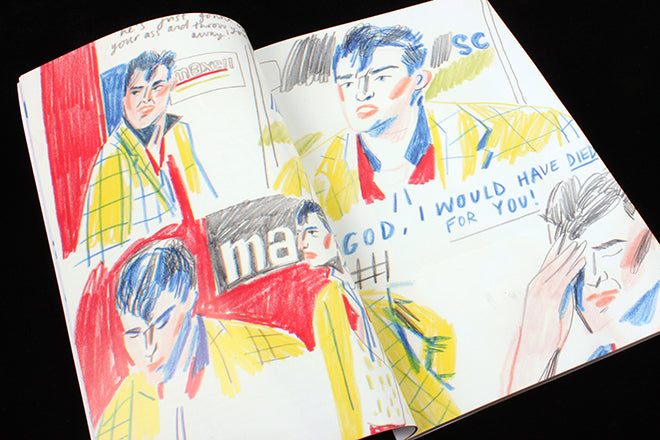
Peep #2
You don’t set up an independent magazine with making money as your first thought. It is perhaps for this very reason that independent magazines are some of the most creative publications that you’ll find on shop shelves. It is also for this reason that many magazines begin as side projects.
“Creativity is in its purest form when it’s unconstrained,” writes Peep editor Adam Morton-Delaney. “Without the pressures of work or study we’re free to try, fail and try again.” Peep is an annual magazine dedicated to showcasing the side projects of creatives around the world. “A celebration of creative endeavours with personal drive, made with creativity in its purest sense. Peep lifts the lid on creative play outside of work.”
The magazine is the side project of four Kingston University students who met while studying Graphic Design. Launched in Amsterdam in mid-2017, the follow-up issue is the result of a Kickstarter campaign to which 66 backers pledged just shy of £900.
The magazine covers an assortment of disciplines and both established and emerging creatives. Three full page spreads feature drawings taken straight from the sketchbook of London-based illustrator Joey Yu (above), graphic designer Eike König’s shares his spray-painted protest art, and a profile of Munich-based Radio 80000 explores the overlap of disciplines in the creative world (below).
One of the highlights of the issue is a series of photographs by Erik Kessels (above), one half of Amsterdam-based advertising agency KesselsKramer. The series comprises portraits of Kessels’ children black-eyed and bloodied from various knocks and bumps.“If we had a bloody nose, the first thing we would do is call Erik to take a picture,” reads a quote from Kessels’ son Sjeng. “It’s been like that my whole life. You could call it weird but for us it was normal and I never minded.” The crossover of disciplines in the magazine is interesting; creatives known for a certain practice showcase side projects that take completely different forms.
The cover of this second issue is dominated by a pair of off-centre circular diecuts that allow readers to glimpse through to one of four postcards (above), designed by creatives featured inside the magazine. It is a very literal take on the magazine’s title – and in its gimmickry, it is tempting to disapprove – but in fact it works nicely. A further additional touch is an inserted set of creative briefs, ‘to be solved during a cigeraette break, tube ride or ibetween meetings.’ Favourite responses will feature in issue three of the magazine.
A weakness of the magazine is the homogeneity of the writing style and format; explanation weaved with quotations. Although the nature of Peep allows for the content – the side projects themselves – to be the focus of the magazine, it would benefit from a plurality of voices and more colourful editorial.
Creative directors: Adam Morton-Delaney, Ross Norman, Sammie Purulak and Max Rawlins
Editor: Adam Morton-Delaney
Design: Sammie Purulak and Max Rawlins






